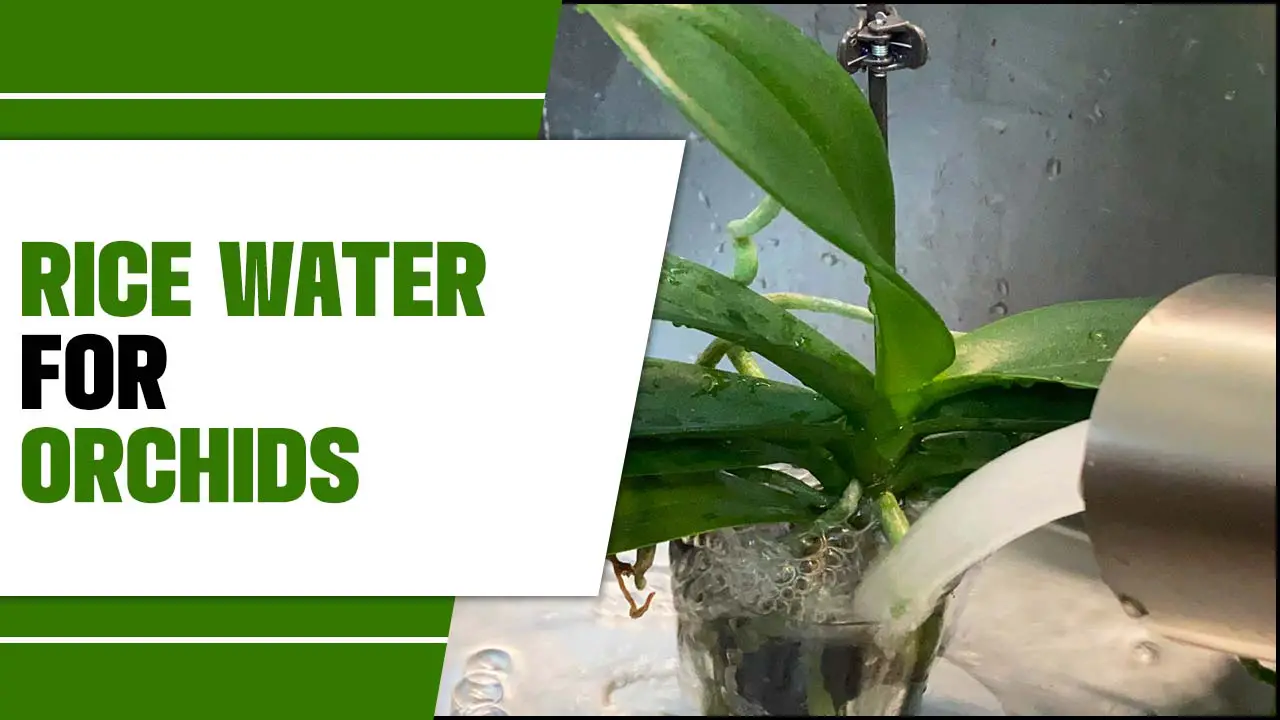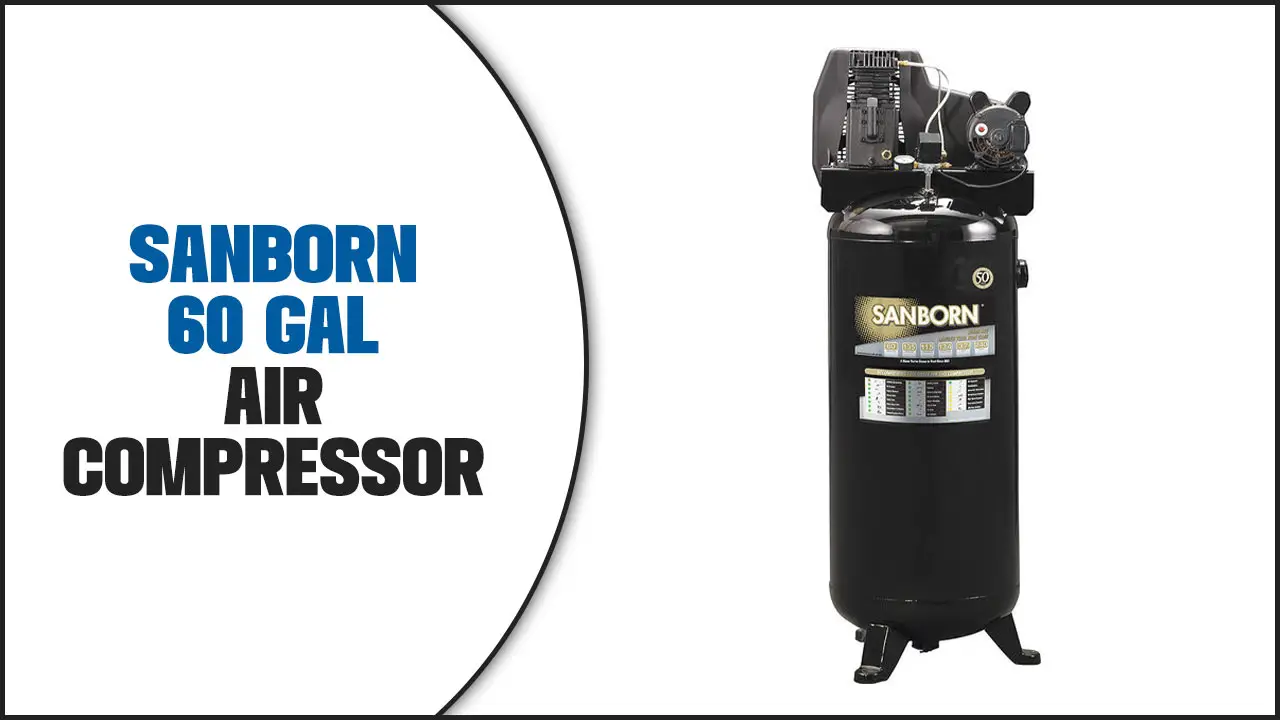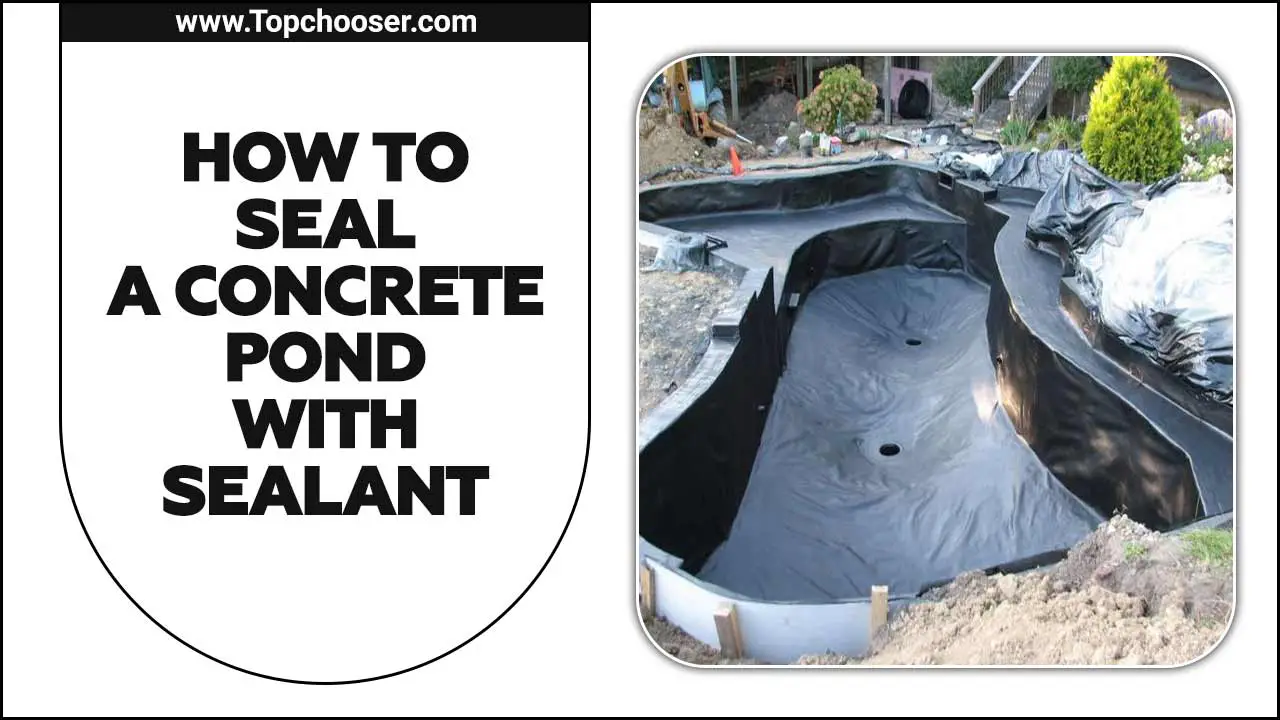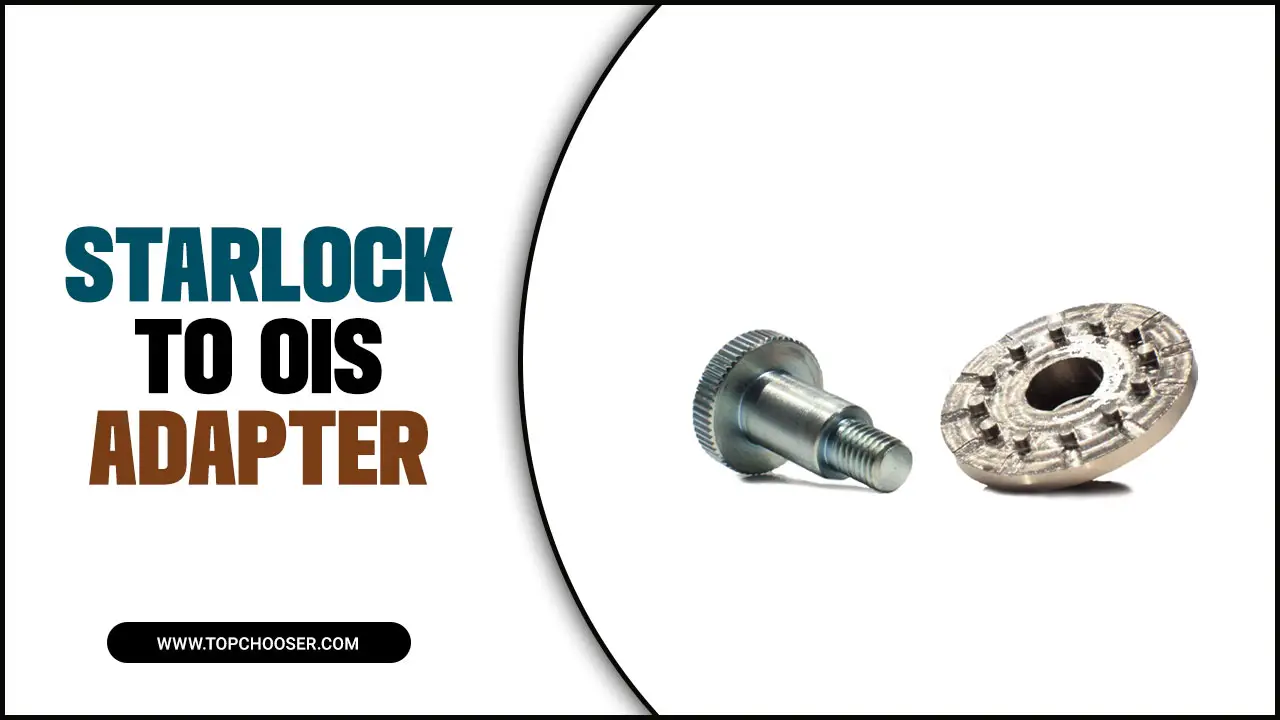Slate is a popular and durable natural stone that is commonly handy for flooring, walls, and even roofs. Its unique texture and colour variations make it a sought-after material for both indoor and outdoor applications.
However, accidental spills or splatters of paint on slate surfaces can be a frustrating and unsightly issue for many homeowners and property owners. Removing paint stains from the slate can be a daunting task, as the porous nature of the stone makes it prone to staining and damage. Furthermore, using harsh chemicals or abrasive methods can cause permanent damage to the slate surface.
We will guide you through the step-by-step process of safely and effectively on how to remove paint from slate without causing any harm to the stone. So, let’s dive in and discover the best ways to remove paint from the slate and restore the natural elegance of this timeless stone.
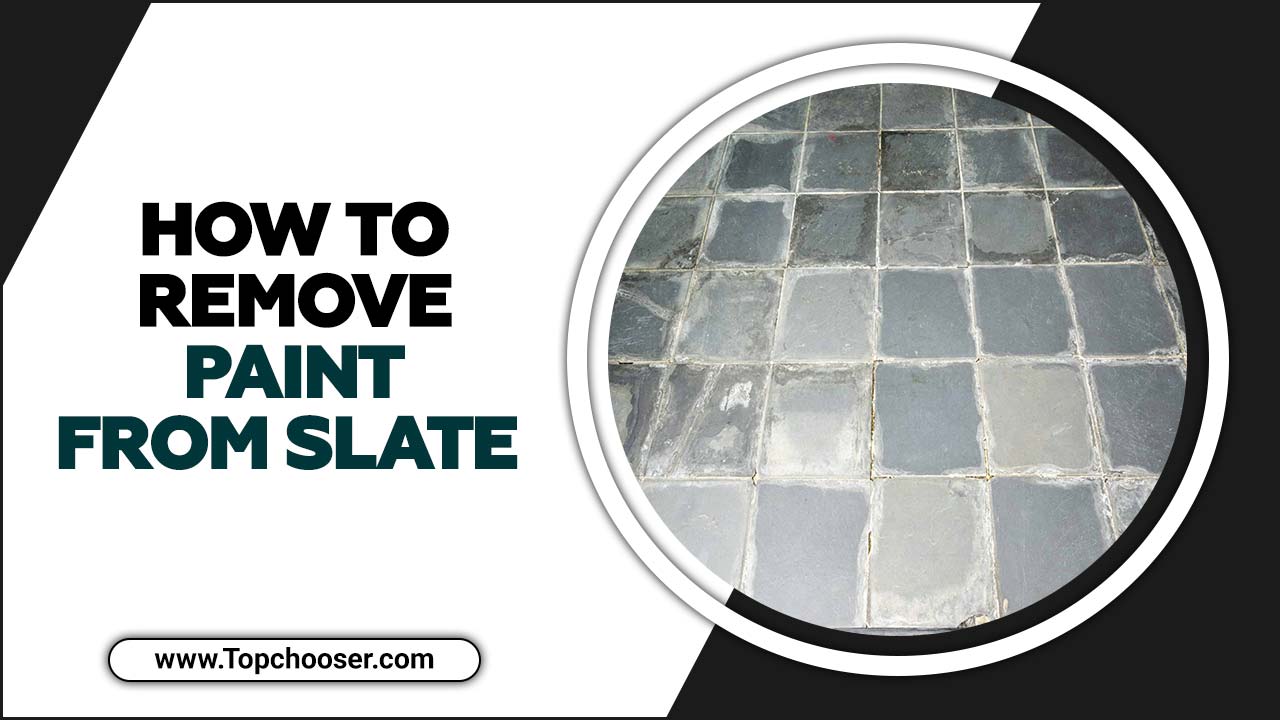
Different Types Of Cleaners For Cleaning Slate
In order to maintain the beauty and longevity of slate surfaces, it is imperative to have a thorough understanding of the different types of cleaners specifically designed for cleaning slate.
Slate, with its unique texture and color variations, requires special care and attention to ensure its preservation. By utilizing the appropriate cleaning agents, one can effectively remove dirt, grime, and other contaminants without causing any damage to the delicate surface.
- Mild soap and water
- ph neutral cleaners
- Stone specific cleaners
- Poultice cleaners
- Sealer cleaners
- Avoid harsh chemicals
- Test in an inconspicuous area
How To Remove Paint From Slate – 8 Easy Ways
Understanding how to remove paint from slate is crucial for maintaining its value. Whether it is a residential property or a commercial space, the appearance and condition of slate surfaces play a vital role in determining the overall value of the property.
By knowing the proper methods for paint removal, one can ensure the preservation of the slate’s original beauty and, consequently, enhance the property’s worth. Below, we provide in-detailed guidelines to remove paint from the slate.
1.Use Vinegar
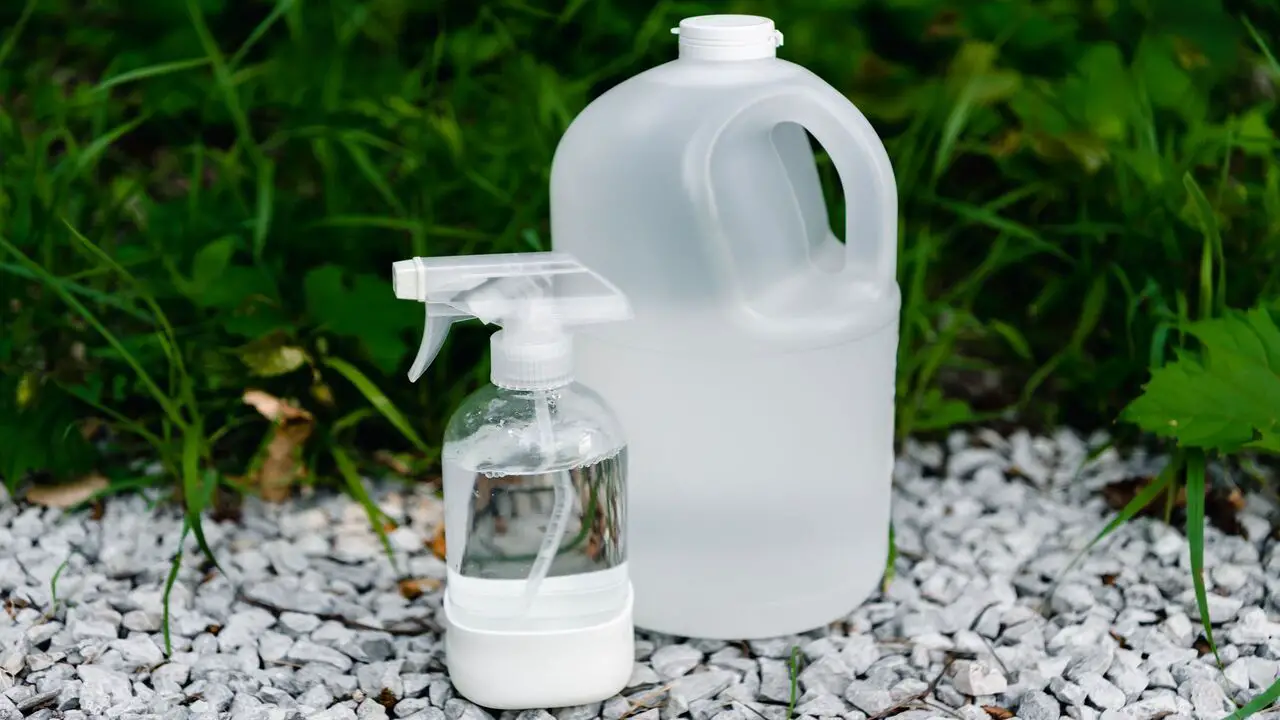
Regarding removing paint from slate surfaces, vinegar can be a reliable and effective solution. People have long recognized the versatility of vinegar, a natural and non-toxic substance, in various cleaning applications. Its acidic properties make it a suitable choice for tackling tough stains such as paint on slate.
To begin the paint removal process, start by mixing equal parts vinegar and clean water in a spray bottle. Ensure that you gently spray the mixture onto the painted area, thoroughly saturating it. Allow the vinegar solution to sit on the paint for a few minutes. I am allowing it to penetrate and soften the paint.
2.Use Baking Soda
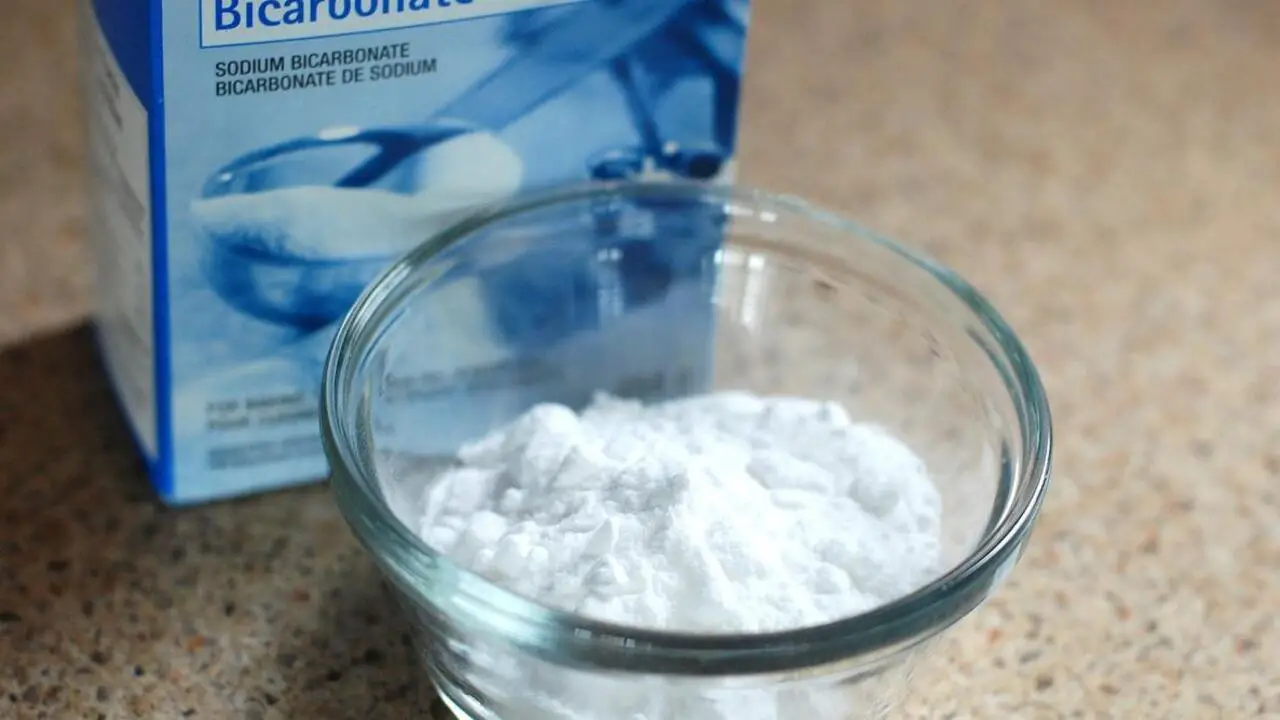
Baking soda has long been recognized for its versatile cleaning properties, and it can indeed be an effective solution for removing paint from slate surfaces. Slate is a natural stone famous for its durability and aesthetic appeal. It can be vulnerable to accidental paint spills or unwanted paint marks. In such cases, utilizing baking soda can provide a safe and efficient method to restore the original beauty of the slate.
To begin the process, it is crucial to gather the necessary supplies. Firstly, obtain a soft-bristle brush to avoid scratching or damaging the slate during the removal process. Additionally, you will need a small bowl, warm water, a clean cloth, and, of course, baking soda.
3.Use A Heat Gun
A heat gun is a versatile device that emits a concentrated stream of hot air, which can be directed towards the paint to soften and loosen it from the slate. This method proves to be particularly efficient when dealing with stubborn or thick layers of paint that are difficult to remove by other means.
To begin the process, you should ensure that you adequately protect the area surrounding the slate. Cover nearby surfaces with drop cloths or plastic sheeting to prevent any accidental damage or splattering of paint. Additionally, it is essential to don appropriate safety gear, including gloves and safety goggles, to protect oneself from any potential hazards.
4.Use Paint Stripper
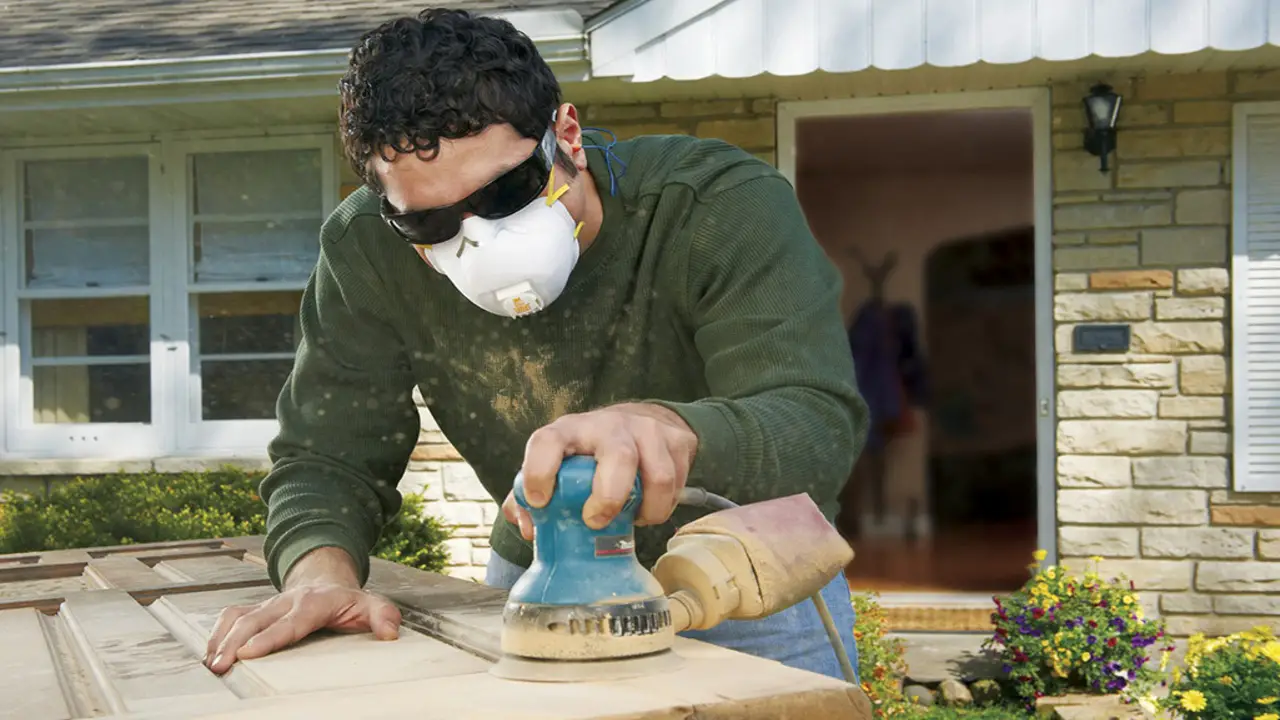
Before initiating the paint removal procedure, it is essential to clean the slate surface thoroughly. This step ensures the removal of any debris or loose paint particles that may hinder the efficacy of the paint stripper.
After the paint stripper has been allowed sufficient time to penetrate the paint layers, a non-abrasive brush or scraper can be handy to remove the softened paint gently. You should take care to avoid damaging the slate surface during this process. You can address any remaining traces of paint by repeating the application of the paint stripper and carefully removing the residue.
5.Use A Sandblaster
To commence the paint removal process, set the sandblaster to a low pressure and position it at a moderate distance from the slate surface. Gradually sweeping the sandblaster across the painted areas will allow for a controlled and even removal of the paint without causing any significant damage or scratching to the slate.
Maintaining a steady hand and monitoring the progress closely is important to ensure that we achieve the desired result efficiently and effectively.
Once the paint has been successfully removed, it is recommended to thoroughly clean the slate surface to remove any residual sand or debris. This can be done by gently rinsing the slate with soapy water or using a soft-bristle brush to sweep away any remaining particles. Taking these extra steps will restore the slate surface to its original beauty and integrity.
6.Use A Soft Brush
To begin the paint removal process, it is essential to choose a soft brush that has specific designs for delicate surfaces. These brushes often have fine bristles made from materials such as nylon or natural fibers. Before starting, it is advisable to test a small, inconspicuous area of the slate to ensure that the brush does not cause any adverse effects. Making adjustments, if necessary, is crucial for this step.
When using the soft brush, it is important to apply minimal pressure and use gentle, circular motions. This method allows for the gradual removal of the paint without causing any damage or discolouration to the slate. It is important to be patient during this process, as rushing or applying excessive force can lead to unwanted consequences.
7.Use A Putty Knife
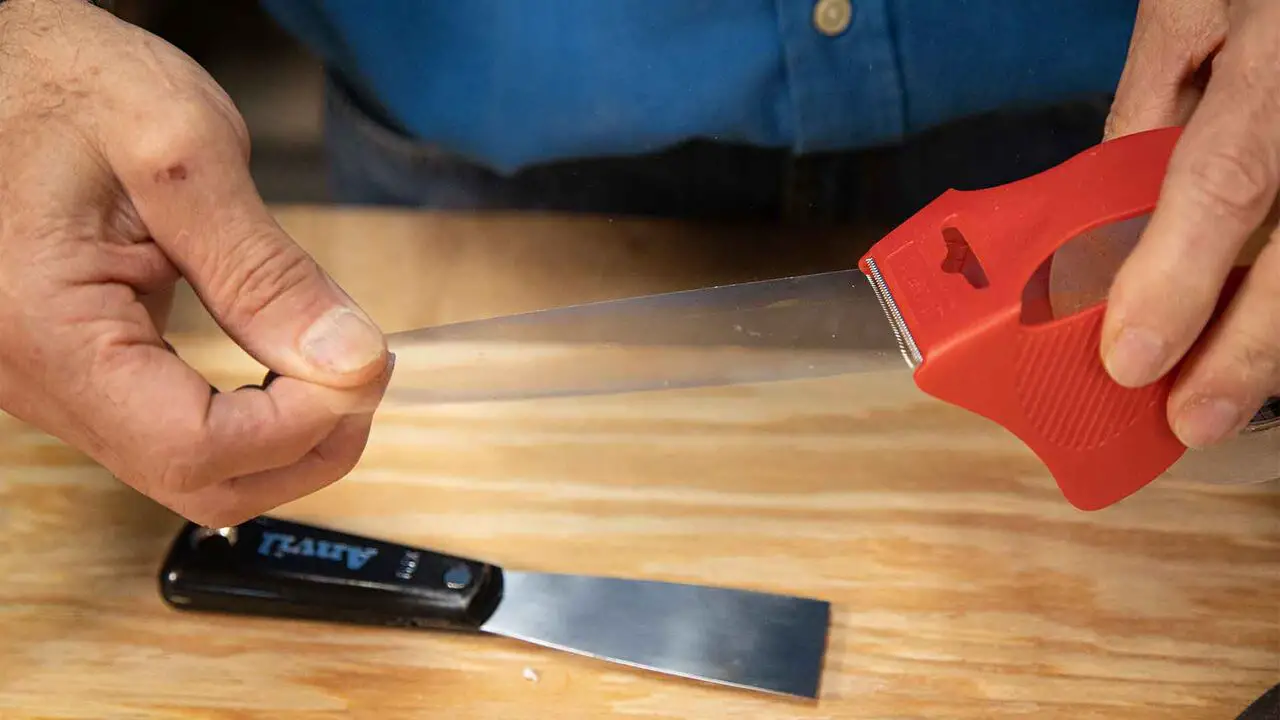
The key to successful paint removal with a putty knife lies in the technique employed. It is crucial to apply gentle pressure and use short, controlled strokes to avoid damaging the slate. The sharp edge of the putty knife effectively cuts through the layers of paint, while the flat surface helps to lift and remove the loosened paint particles.
It is worth noting that depending on the type and thickness of the paint. Multiple passes with the putty knife may be required. Additionally, using a mild solvent or paint stripper in conjunction with the putty knife can aid in softening stubborn paint, making the removal process more efficient.
8.Using A Citric Acid Solution
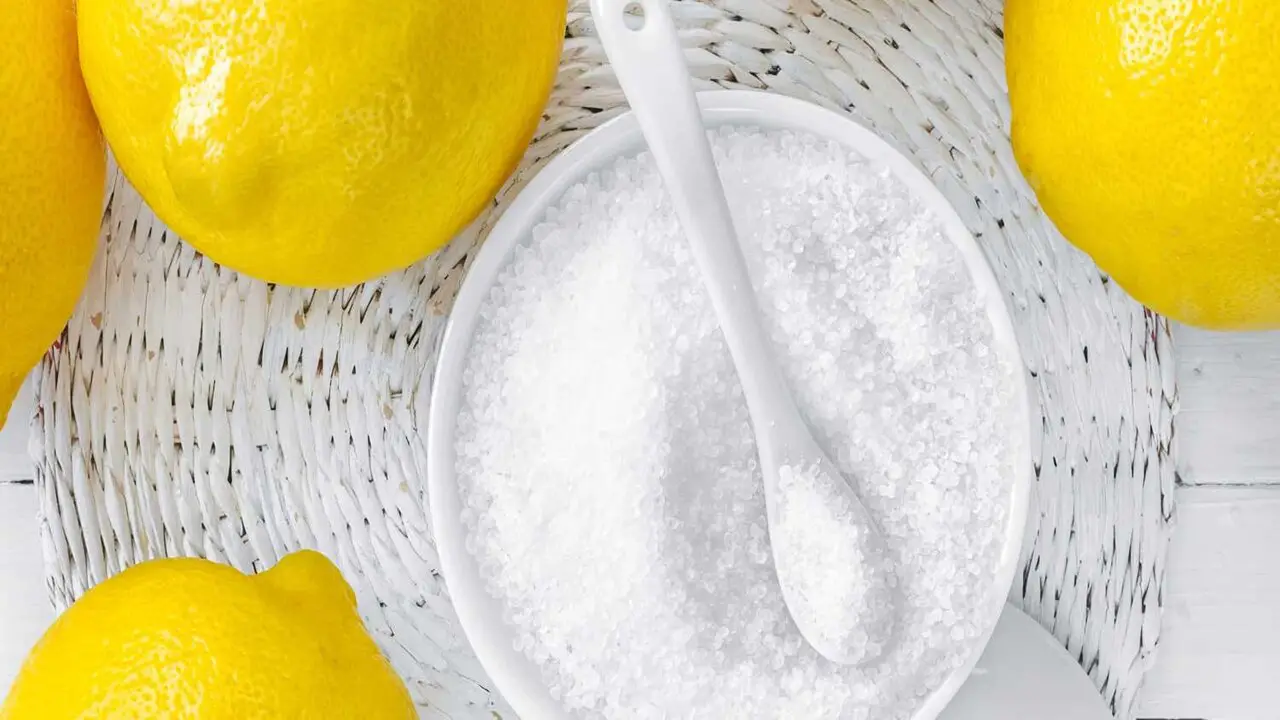
It is important to prepare a citric acid solution by mixing the citric acid powder with water in a suitable container. The concentration of the solution can vary depending on the severity of the paint stains. Still, a general ratio of one part citric acid powder to three parts water is recommended. Once the solution is prepared, it should be applied to the paint-covered areas of the slate using a brush or sponge.
The citric acid solution works by breaking down the chemical bonds that hold the paint molecules together, effectively loosening them from the slate surface. This allows for easier removal of the paint layers, which can then be gently scraped off using a plastic scraper or putty knife. It is important to exercise caution during this process to avoid scratching or damaging the slate surface.
How Do I Remove Paint From Slate Using Natural Means?
Knowing how to remove paint from slate using natural means is crucial for several reasons. First and foremost, natural methods are not only safe for the environment but also for the slate surface itself. Harsh chemical-based paint removers can cause damage to the delicate slate texture and color, leading to costly repairs or replacements. By opting for natural means, you can ensure the longevity and integrity of your slate.
- Prepare a mixture of warm water and dish soap.
- Apply the soapy water to the painted area on the slate.
- Use a soft bristle brush or sponge to scrub the paint off the slate gently.
- Rinse the slate with clean water to remove any residue.
- If the paint persists, create a paste using baking soda and water.
- Apply the baking soda paste to the painted area and let it sit for a few hours.
- Scrub the paste gently with a brush or sponge.
- Rinse the slate with water to remove the paste and any remaining paint.
- If necessary, repeat the process until the paint is completely removed.
- After removing the paint, clean the slate with water and a mild detergent to restore its natural appearance.
Conclusion
Removing paint from slate can be a challenging task, but with the right methods and tools, it is definitely possible. Whether you’re dealing with a small spill or a large painted surface, there are several techniques you can try to effectively remove the paint without damaging the slate.
From using chemical paint strippers to gentle scraping and sanding, each method has its own advantages and considerations. It’s important to approach the process with patience and caution, ensuring that you protect yourself and the surrounding area from any potential harm. By following these guidelines on how to remove Paint from slate, you’ll be able to restore the natural beauty of your slate surfaces and enjoy their original charm once again.
Frequently Asked Questions
[rank_math_rich_snippet id=”s-1e81cf9e-e723-49c2-98c4-f653cbe8be7c”]

I am passionate about home engineering. I specialize in designing, installing, and maintaining heating, ventilation, and air conditioning systems. My goal is to help people stay comfortable in their homes all year long.

